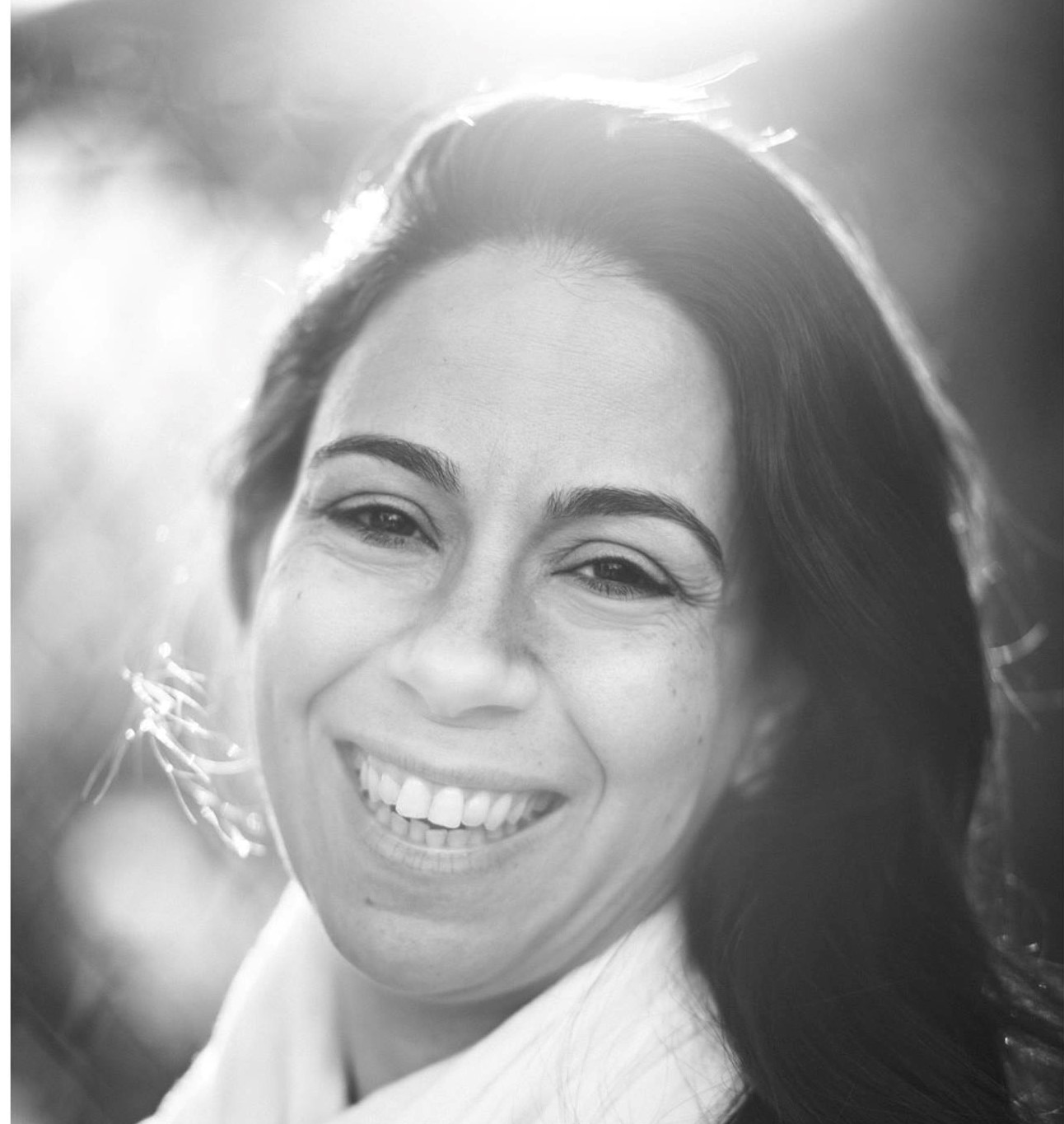Using the 'Power of Design' to Shape the Future of Architecture and Autism
In 2002, Magda Mostafa, associate professor in the Department of Architecture, was approached by a group of parents to design Egypt’s first educational center for autism. She was eager to get to work, certain it would be easy with all the guidelines and research she’d find on how to design for individuals with autism. But to her surprise, she found “absolutely nothing.” No architect, she said, in Egypt or anywhere around the world had ever looked through and structured evidence-based methodology into this topic.
Mostafa’s realization turned into her new doctoral dissertation, as she dedicated the following decade to answering this question: What is an appropriate architecture for autism?

After interviewing parents, teachers and individuals with autism and conducting focus groups, experimental research and surveys, Mostafa developed in 2013 the Autism ASPECTSS Design Index, the world’s first set of criteria and guidelines for designing spaces fit for accommodating people with autism. The index aims to create spaces where people with autism can focus better, feel comfortable and improve their skills.
“It’s not like a code, but it’s a catalyst for thinking about how we have to design for autism,” Mostafa said.
The results of Mostafa’s research using these criteria became the first real evidence anywhere in the world showing that architectural design can actually help individuals with autism.
“Attention span doubled, response time was cut in half and behavioral temperament greatly improved,” she said.
People with autism deal with heightened senses. Every noise, every movement, color, is amplified. All these variables can be controlled in a well-designed environment. Mostafa’s Index suggests minimizing unnecessary information to avoid sensory overload — for example, a space with muted colors, simple shapes, natural lighting and soft background noise.
Other aspects that the index takes into consideration are spatial sequencing, which focuses on not disrupting an individual’s routine and capitalizing on what they love to do, providing escapes, areas where one can retreat and readjust, and ensuring smooth transitions from one place to the other.
“Autism is just a different way of seeing the world,” Mostafa said. “Different but not less than the way we see it. If we understand it that way, we can design accordingly.”
Mostafa recently returned from Dublin, Ireland where she was the keynote speaker at the National Autism Association of Ireland AsIAm and Florida, United States, where she spoke at the Els for Autism Center of Excellence, which she helped design. In addition to the several lectures she delivers, Mostafa is actively engaged in projects all around the world and continuously providing consulting to schools and private institutions and working directly with schools in the United States, the Gulf and Europe. Her index currently informs projects in five continents and is taught in schools across 17 countries. It has informed dozens of guidelines and regulations for autism design and is currently being proposed for integration into an autism-friendly university campus initiative across Ireland. She aims to open up the channels for these conversations and make AUC the center for this scholarship and research.
The impact of Mostafa’s work has been seen through its practical applications around the world, such as towns that have framed their autism-friendly environment concepts around the work to hospitals that have used it to change their patient space to make it more accessible to autistic patients. When in Dublin, a doctor with autism told Mostafa, "It is not often that an architect can say that her designs can save lives, but ASPECTSS will create architecture that can literally save lives.” Autism self-advocates have also shared that her architectural guidelines would be the number one change they would like to see set in stone in future legislation.
"We all have a right and designers all have a responsibility to design facilitative environments for everyone," Mostafa said. "No one has a privilege that allows them to move through a space more comfortably, more safely or easier than everyone else."

Ireland (Photo courtesy of Magda Mostafa)
Mostafa notes that the index should not be a strict guideline to designing spaces because individuals with autism will have to face the reality of non-controlled environments outside. She said that the criteria should be applied to a certain degree to allow for a gradual improvement of skills until individuals can be comfortable in an environment that has no design for autism.
“Through our power of design, people with autism have a basic human right to access to the type of design that will help them function in the best way they possibly can, and ASPECTSS design can help us do that,” she said.
